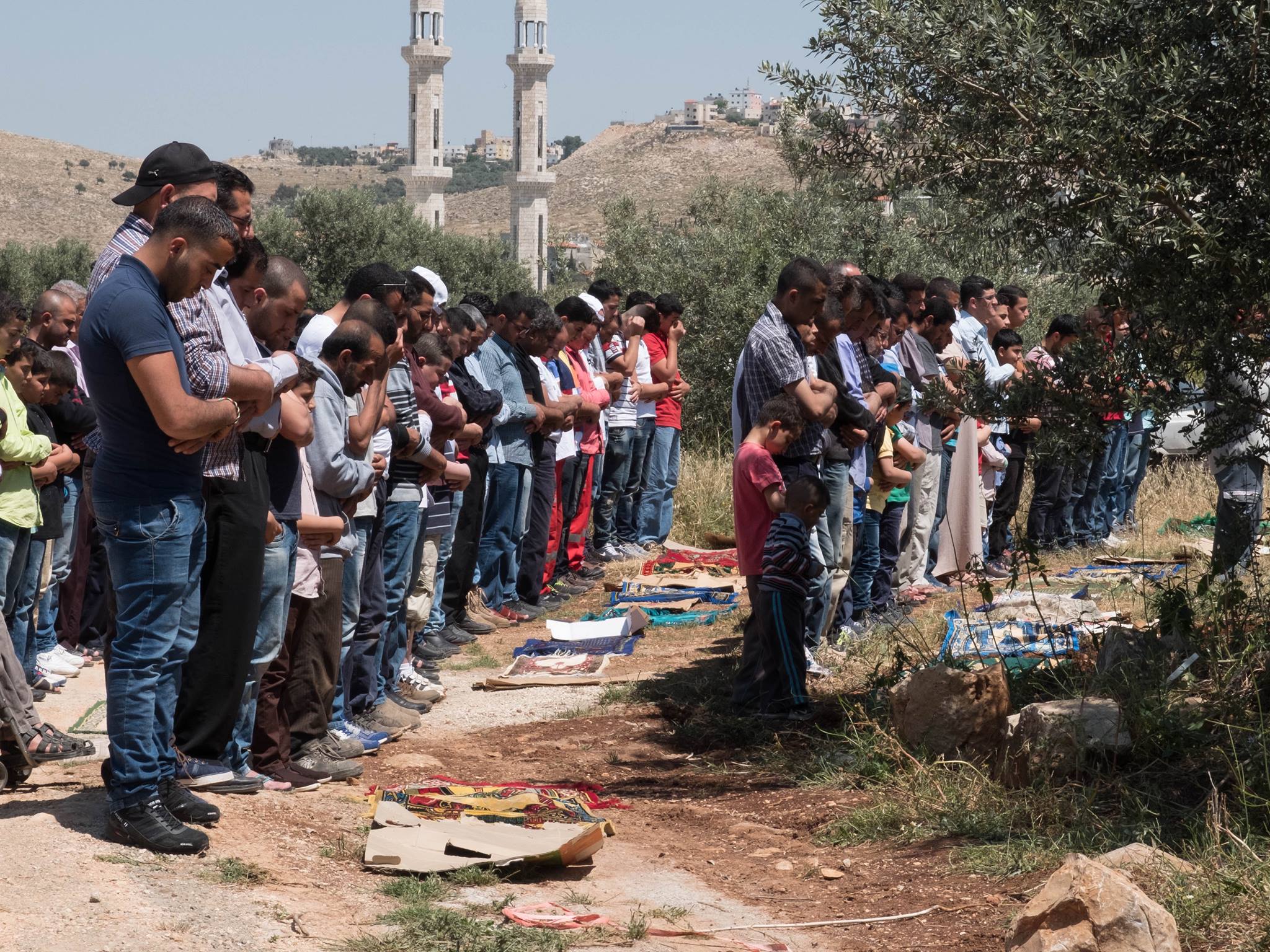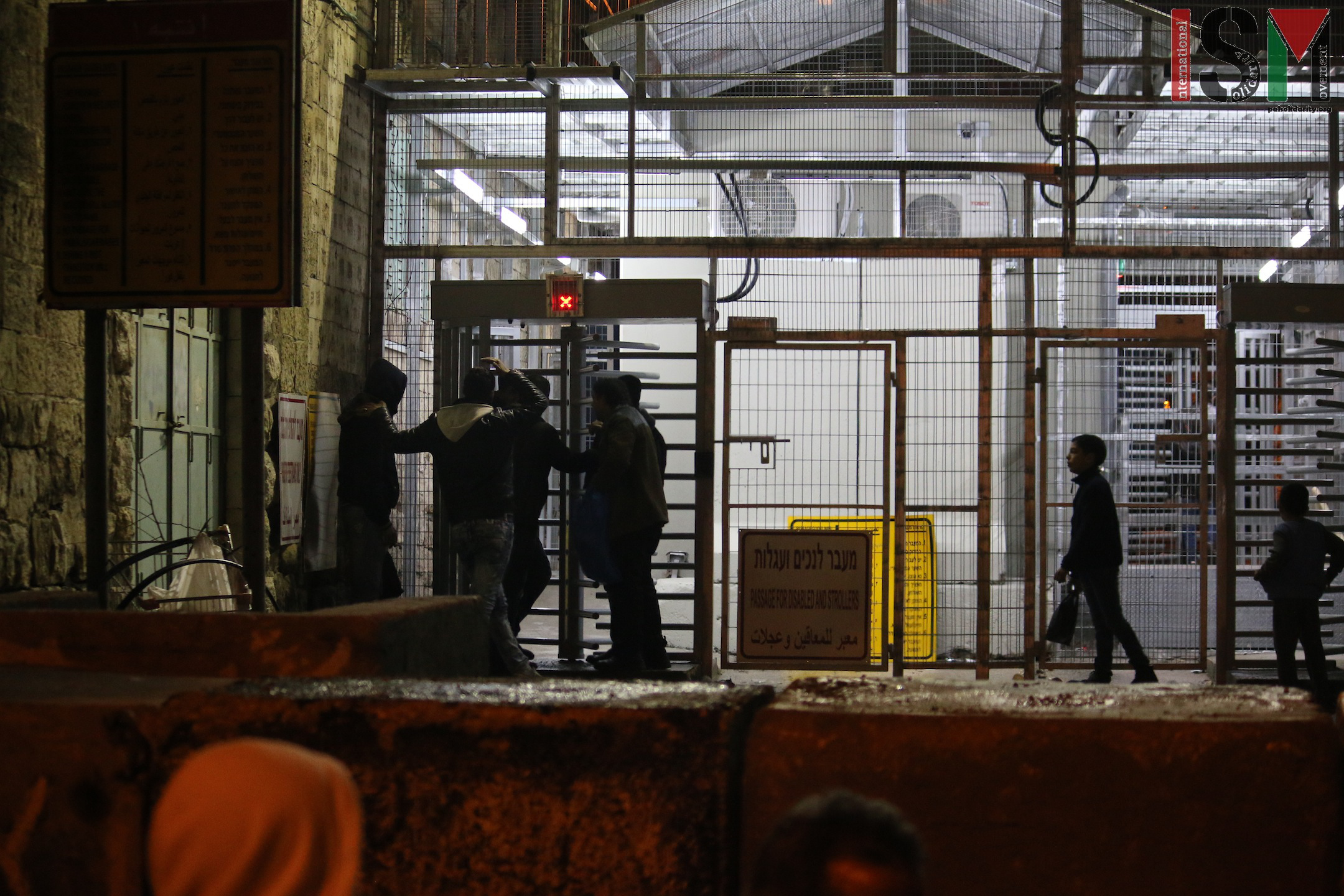Category: Photo Story
-
Non violent protest in Ni’lin once again met with violence
15th April 2016 | International Solidarity Movement, al-Khalil team | Ni’lin, occupied Palestine On Friday, the 15th of April 2016 – and as part of a West-Bank wide protest for Prisoner’s Day – the villagers of Ni’lin held their weekly non-violent demonstration. They were protesting against Israeli apartheid politics, the theft of the villagers land…
-
Photo story: newly expanded Shuhada checkpoint is even more difficult to traverse
January 6th 2016 | International Solidarity Movement, al-Khalil Team | al-Khalil, occupied Palestine At the end of December Israeli forces re-opened the newly expanded Shuhada checkpoint in occupied al-Khalil (Hebron). The checkpoint had been closed since December 7th, when Israeli forces had declared they would be conducting “renovations” for a then-unknown period of time. Officially known as Checkpoint 56,…
-
Israeli forces injure 3 Palestinians before shooting tear gas at bypassers in the market of Hebron
December 20th, 2015 | International Solidarity Movement, al Khalil team | Al Khalil, occupied Palestine Sunday, 20th December 2015, Israeli forces shot and injured three Palestinians at Shuhada checkpoint in occupied al-Khalil (Hebron), before arbitrarily firing towards civilians and journalists in the area. Israeli forces shot a girl in the head with live ammunition. A…



